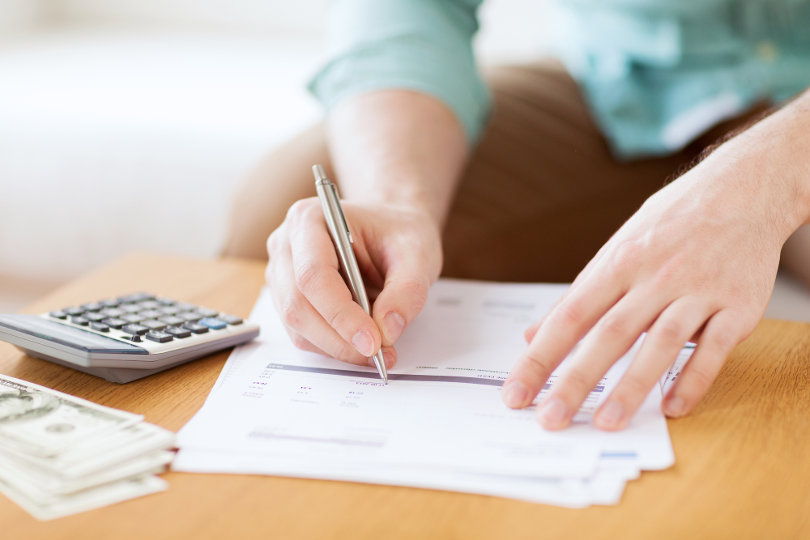We’ve all been told to invest in gold and silver because of their stability and tangibility.
These precious metals develop a diversified portfolio when paired with other investments such as stocks, bonds and real estate.
But, what about placing your bet on the viability of a country.
Foreign currency is an exciting investment to consider as part of diversifying your portfolio.
Getting Started with Foreign Currency
The Forex market allows investors to speculate, buy, and trade foreign currencies.
This is a tough investment sector to crack because of the fluctuations caused by civil unrest, national debt, natural disasters, and several other factors. Yet, experienced traders employing tried-and-true Forex strategies have found it to be a fantastic way to diversify their portfolio.
Hard currency makes sense because you have the physical item.
If you keep it safe then you’re able to benefit from the ups and downs of foreign currency exchange.
Getting started is easy with hard currency:
- Learn about currency exchange rates
- Set alerts and keep up with news about the country (which helps determine shifts)
- Visit an online or local broker/bank to inquire about purchasing foreign currency
- Invest what you feel appropriate
- Stash the cash in a safe location
- Sit back and watch the investment grow or day trade and capitalize on spikes
Simple enough, right?
An Exercise in Foreign Currency Investment
Suppose you’re interested in Vietnam.
This is a country that is showing slow but steady growth in their exports. Information about the country can be found through resources like the World Bank, Bloomberg, Forbes, and Business Insider. This information can be monitored using email alerts to stay up-to-date about country politics and business.
You decide this is a viable investment for you and buy Vietnamese Dong (VMD).
Upon completion, you’ll receive the currency – it’s then your job to monitor the exchange rate. When you decide the value of your investment has increased to your satisfaction you can convert the VMD back to dollars. Keep in mind, like any investment, you can face loss as well as profit. Make sure you understand the potential risk involved .
Resources like XE.com provides real-time currency information which allows you to capitalize on spikes (if you’re into day trading) or else treat it like real estate and sit on the investment.
The Pros and Cons of Forex & Currency
Trillions of dollars are traded every day through the forex market which makes it an attractive proposition for those wanting to diversify their portfolio outside of the normal avenues.
Yet, there are risks and rewards.
Pros
- Easy-to-use platforms to buy, sell, and trade
- Hedge against slowing US economic growth
- Fast growth and earnings potential
- Tangible (for those purchasing hard currency)
Cons
- Instability caused by several political, environmental, and trade factors
- Constant monitoring if done as day trading (aka it’s a job)
- Plenty of scams and get rich quick schemes in your way
Overall, it’s all about timing just like other investments. A keen eye and staunch plays are required to invest at the right time and ride through the dips. The account size and risk profile will be major determining factors if you’re expecting a respectable ROI.
Tapping into the Emerging Markets
Many investors are jumping ship and placing their capital into emerging markets.
The reasoning behind this shift from Western investments are the potentially high returns one finds within these emerging, foreign markets. Those areas still relatively untapped.
Inflation and debt are slowing which has created stability within these countries. Places such as Latin America, Russia, and SE Asia are all viable investments.
The challenges are high but so are the rewards.
Do you see yourself investing in foreign currency?

